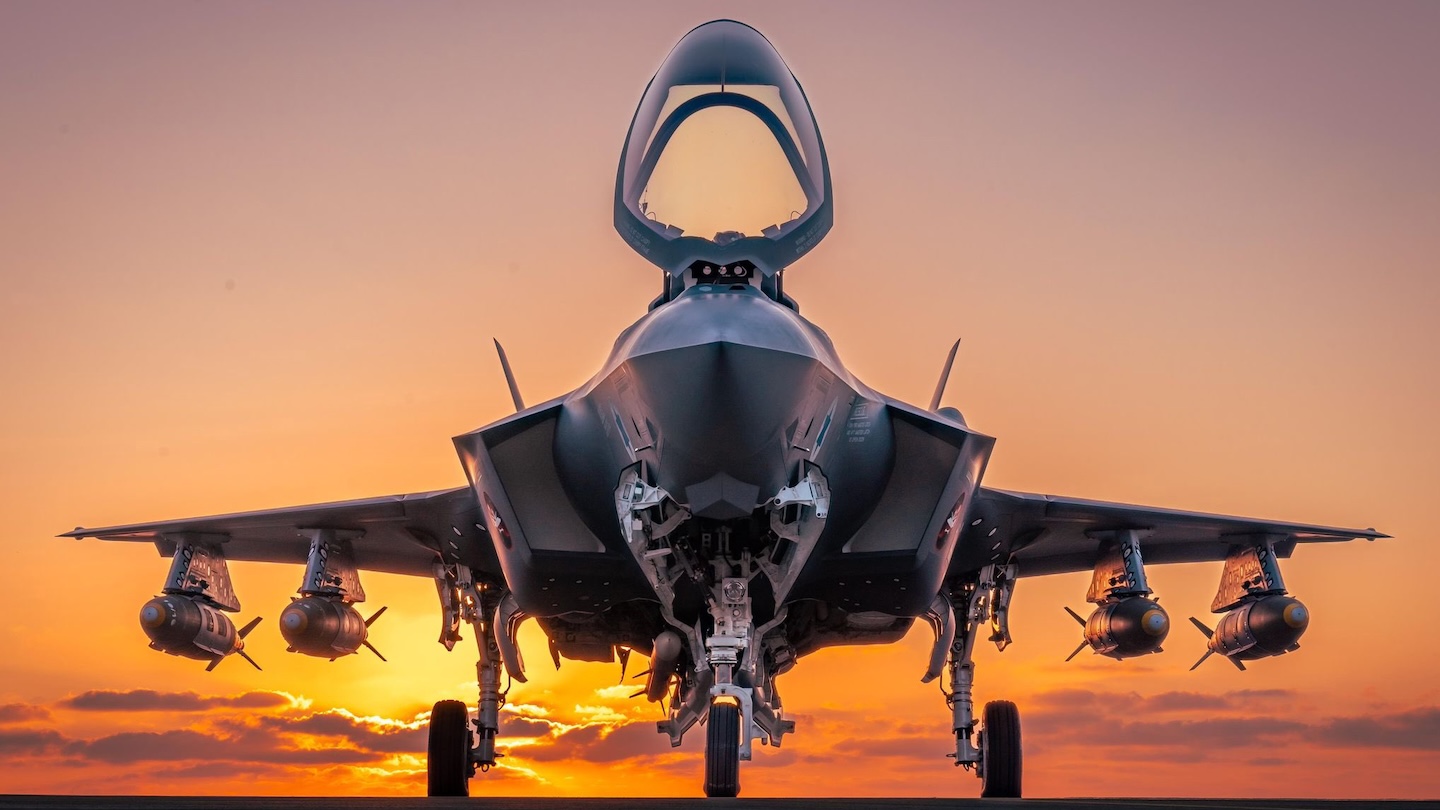Àpĺlpl
Entirely optional
F4 F5 F14 F15 F16 F18 F20 F22 F35
For older ones you had the F86.
I don't know about that. Since there seems to be some confusion here (including myself- I have always wondered this since I was a kid), I asked ChatGPT. Below is what it said (does it jibe with what everyone else here knows?):
"The numbering of U.S. military aircraft follows different systems depending on the era. The apparent "decline" in numbers from older aircraft like the F-104 and F-111 to newer ones like the F-22 and F-35 is due to a reset in the numbering system in 1962.
Pre-1962 System
Before 1962, different branches of the U.S. military (Air Force, Navy, etc.) had their own designation systems. The Air Force used a sequential numbering system for fighter aircraft, which is why you see high numbers like F-86, F-100, F-104, and F-111.
1962 Standardization (McNamara's Reform)
In 1962, then-Secretary of Defense Robert McNamara introduced a
Tri-Service Aircraft Designation System to standardize aircraft naming across all branches. As part of this, the numbering was reset, and the sequence restarted from F-1. That's why post-1962 aircraft have lower numbers—F-4 Phantom II, F-14 Tomcat, F-15 Eagle, F-16 Fighting Falcon, etc.
Why F-22 and F-35?
- The F-22 Raptor was the 22nd fighter aircraft to receive a designation under the new system.
- The F-35 Lightning II follows the F-22, even though there was no F-23, F-24, etc., because of how programs were named.
What About the F-117?
The F-117 Nighthawk (a stealth attack aircraft, not technically a fighter) was given a misleading number to confuse foreign intelligence during development."
-----------------------------------------------------
So, the "higher" numbers of older jets are a result of the pre-1962 system, while the newer jets reflect the reset numbering from 1962 onward.


